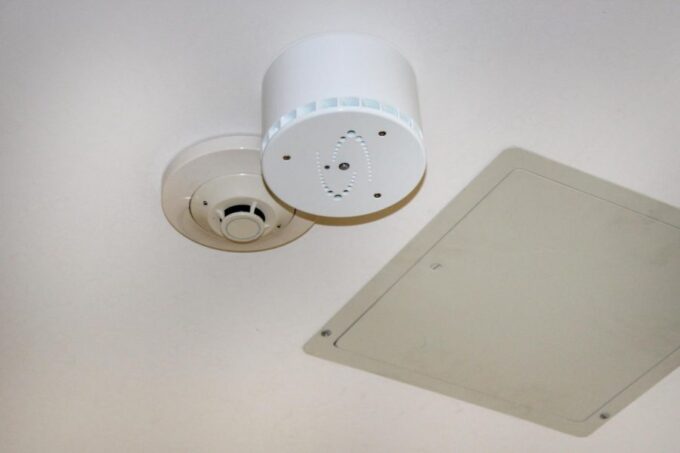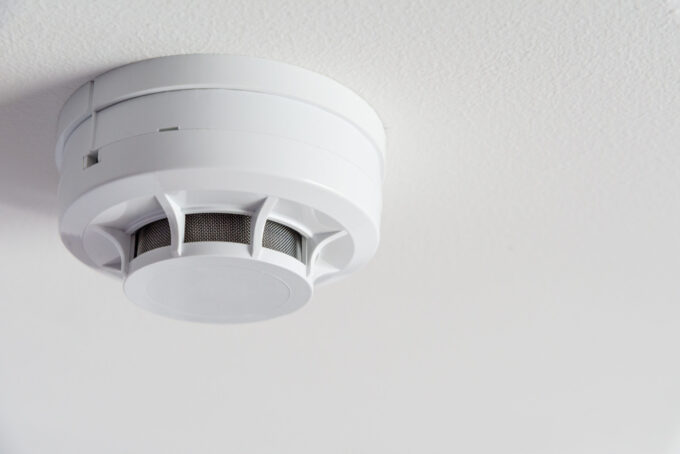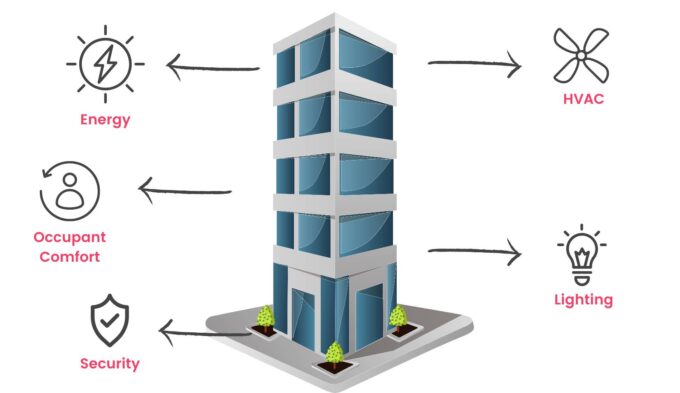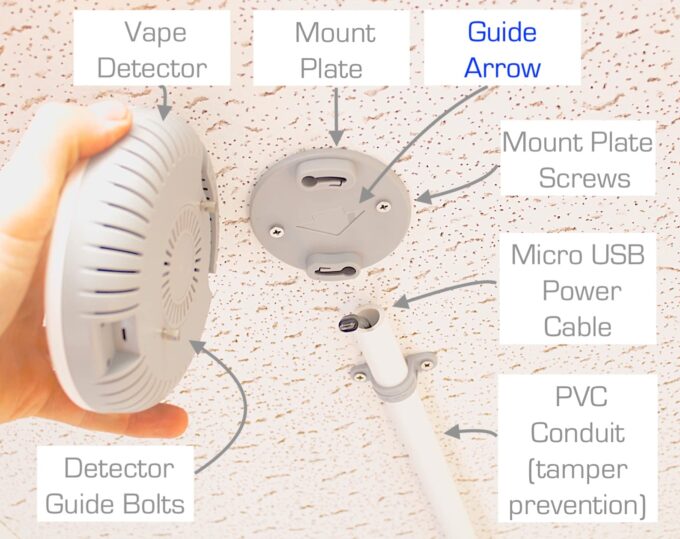In recent years, the popularity of vaping has grown exponentially, particularly among young individuals. While it may be seen as a harmless alternative to traditional smoking, it poses unique challenges when it comes to safety and security in public spaces. Vape detectors have emerged as a technological solution to address these concerns. By utilizing advanced sensor technology, sophisticated detection algorithms, and integration with building management systems, vape detectors offer an effective means of monitoring and identifying vaping activities.
Sensor Technology Used in Vape Detectors

Vape detectors rely on a combination of advanced sensors to detect and identify the presence of vapor in the surrounding air. Different sensor technologies a vape detector uses, such as photoionization, a metal oxide semiconductor, or thermal conductivity, can be employed based on the specific requirements of the detectors.
For instance, photoionization sensors utilize ultraviolet light to ionize the vapor particles, allowing for their detection. Metal oxide semiconductor sensors operate by detecting changes in electrical conductivity when exposed to vaporous compounds. Thermal conductivity sensors measure changes in heat transfer caused by the presence of vapor. Each sensor type has its own strengths and limitations, and manufacturers carefully select the appropriate technology based on factors such as sensitivity, response time, and cost.
Design and Placement Considerations

The design and placement of vape detectors are critical factors for their successful implementation. They are typically designed to blend seamlessly into the environment, ensuring that they are inconspicuous while effectively monitoring the area. The aesthetics of the detectors are carefully considered, allowing them to be discreetly installed in public spaces without drawing attention. The size, shape, and color of the detectors are often designed to match the surroundings or to be easily camouflaged.
Placement considerations are essential to ensure optimal coverage and detection capabilities. Factors such as airflow patterns, room size, and potential vaping hotspots are taken into account to determine the number and placement of detectors within a given space. Areas where vaping is more likely to occur, such as restrooms, designated smoking areas, or communal spaces, are prioritized for detector placement. By strategically locating detectors, the chances of detecting vaping activities are maximized, enabling swift response and intervention when necessary.
Detection Algorithms and Analysis
Once the sensors detect vapor, sophisticated algorithms come into play to analyze the collected data. These algorithms are designed to differentiate between harmless environmental vapor and vaping emissions. By analyzing various parameters such as particle size, chemical composition, and concentration levels, vape detectors can accurately identify vaping activities and trigger appropriate responses.
Detection algorithms employ machine learning and statistical techniques to continuously improve detection accuracy. Initially, algorithms are trained using a vast dataset that includes both vaping and non-vaping scenarios. This training allows the algorithms to learn and recognize patterns specific to vaping emissions. Over time, as more data is collected, the algorithms can adapt and become more refined, reducing false positives and false negatives.
Integration with Building Management Systems

To enhance their functionality and effectiveness, vape detectors are often integrated with building management systems. This integration allows for centralized monitoring, data collection, and real-time alerting. Building management systems provide a comprehensive platform for managing multiple detectors across various locations within a building or facility.
When vaping is detected, they send real-time alerts to the building management system, which displays the status and location of active vaping events. This enables security personnel or administrators to quickly respond to violations and take necessary actions. Additionally, the building management system can be programmed to activate security cameras, alert authorities, or provide notifications to designated personnel, ensuring immediate and appropriate intervention.
Privacy and Data Security Measures

As vape detectors involve monitoring and analyzing individuals’ activities, privacy concerns are of utmost importance. Manufacturers implement robust privacy and data security measures to address these concerns. Personal privacy is safeguarded by anonymizing collected data, ensuring that it cannot be traced back to specific individuals.
Furthermore, data encryption techniques are employed to protect the integrity and confidentiality of the collected data. Strict access controls are implemented to ensure that only authorized personnel have access to the data, preventing unauthorized use or disclosure. By adhering to these privacy and data security measures, vape detectors uphold individual privacy rights while providing a safer and more secure environment.
Maintenance and Calibration Procedures
To ensure optimal performance, vape detectors require regular maintenance and calibration. Maintenance procedures involve routine inspections, cleaning, and sensor replacements when necessary. Regular inspections ensure that the devices are free from physical obstructions or damages that could impact their performance. Cleaning procedures remove any accumulated dust or debris that may interfere with sensor readings.
Calibration procedures are performed to maintain accuracy and reliability. Calibration involves adjusting sensor readings against known reference sources to ensure consistent and precise detection of vaping activities. By adhering to maintenance and calibration schedules recommended by the manufacturers, the detectors can function at their full potential and provide reliable detection capabilities.
Challenges and Limitations of Vape Detectors

While vape detectors offer promising solutions, they also face certain challenges and limitations. One challenge is the constant evolution of vaping devices and e-liquid formulations. Vaping devices are continuously being modified, resulting in variations in the composition of the vapor they produce. Keeping up with these advancements requires ongoing updates and refinements to detection algorithms to accurately identify the ever-changing components of vaping emissions.
False positives and false negatives can also present challenges for vape detectors. False positives occur when the detectors mistakenly identify harmless environmental vapor as vaping emissions, leading to unnecessary alarms. False negatives occur when vaping activities go undetected, potentially compromising safety and security. Manufacturers continuously work to improve detection accuracy and minimize false alarms by refining algorithms and conducting rigorous testing to ensure reliable performance.
Conclusion
The tech behind vape detectors is an impressive piece of engineering. Its ability to detect vaping activity in a large area, and its accuracy, make it the perfect tool for deterring vaping activities in public spaces. With this technology continuing to evolve and become more sophisticated, we are sure that it will be used even more widely as a deterrent for vaping in places where it should not be done. We look forward to seeing what else the future holds for vape detection technology!










